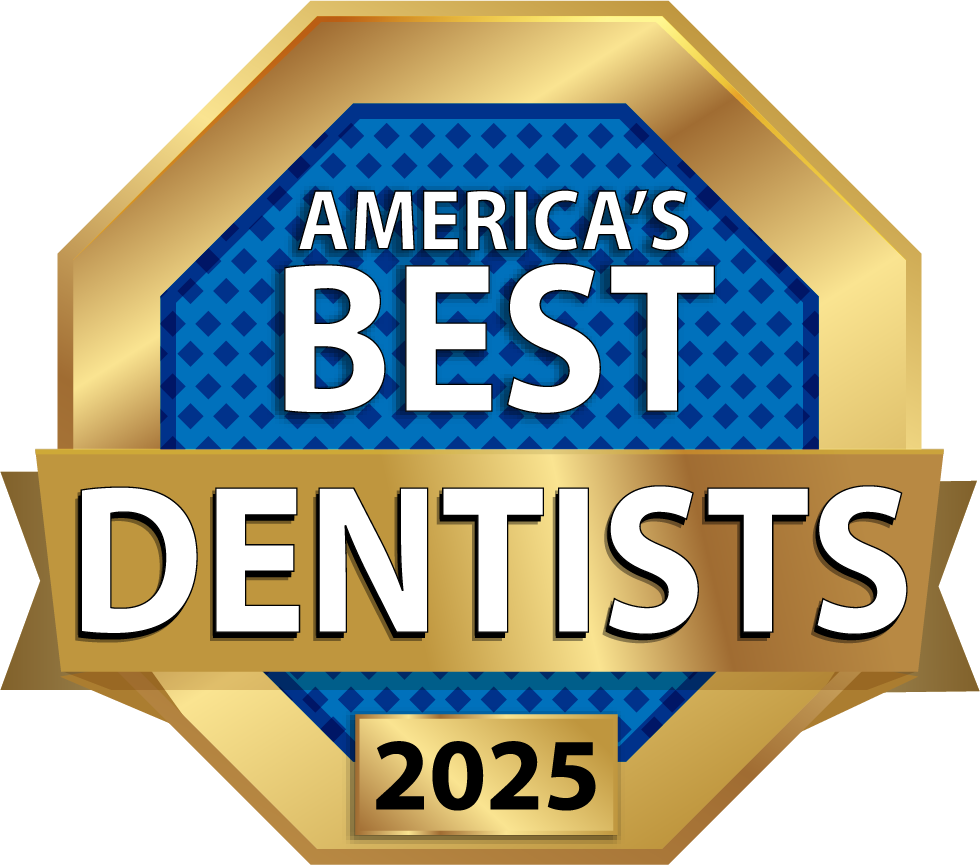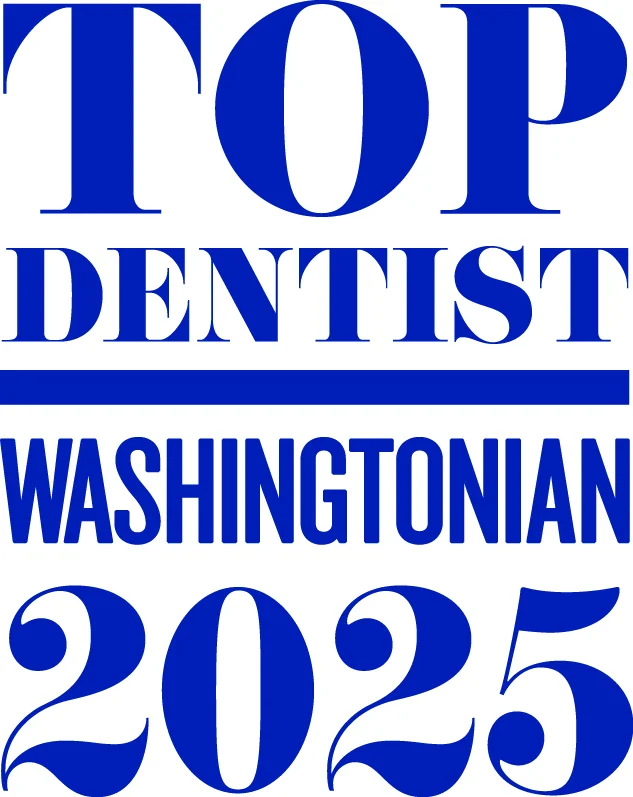
If your teeth are cracked, stained, or otherwise damaged, cosmetic dentistry can greatly improve the appearance of your smile. Dentists use crowns, bridges, implants, onlays and veneers for smile makeovers, and many of these techniques have been used for hundreds of years. But compared to other procedures, like crowns, which have been used since as early as 200 AD, veneers are a relatively new procedure. But how did this relatively affordable option develop amongst so many other techniques?
Cosmetic dentistry has been practiced for thousands of years. Before veneers, to fix damaged teeth, people either had them filled or left them alone. Some civilizations had techniques for cosmetic dentistry. Around 700 BC, Etruscans used ivory, bone, and teeth from humans or animals for dentures, and by 200 AD, they used gold for crowns. Egyptians used to scrub stains from their teeth with pumice stones and vinegar. Later, in the 1400s, barbers were performing dental hygiene and cosmetic services, like teeth whitening with acid (which eventually destroyed the tooth enamel!).
Around 1770, the first porcelain dentures were made, and people began to focus on making prosthetic teeth look natural. Porcelain teeth gained popularity in the 1800s, and in 1903, Charles Land created a porcelain substitute for metal fillings called a “porcelain jacket crown.”
And finally, in 1928, a Californian dentist named Charles Pincus created the first dental veneers after getting a request to change the appearance of an actor’s teeth. These veneers may be the true origin of the famous “Hollywood Smile.” Pincus went on to invent veneers that were held in place by a denture adhesive, but they didn’t last very long and could only be secured temporarily.
Since they had the potential to help the general public, dentists worked on making veneers more long-lasting, and in 1959, Dr. Michael Buonocore first used etching to bond porcelain veneers to teeth more permanently. In 1982, Drs. Simonsen and Calamia found a way to increase the bond strength by using hydrofluoric acid in etching and composite resins to bond porcelain to teeth permanently. These small advances in materials and technology led to the very refined and high-quality veneers we have available now.
Today, veneers are mainly made from porcelain and can be expected to last between 10 and 30 years, depending on care and wear. The history of veneers is a perfect representation of the history of cosmetic dentistry and all of its advances—it’s a history of people innovating to help others’ smiles shine brighter!
Family Safety Comes First
We maintain the highest standards of sterilization & patient safety in order to safeguard your health.
Digital X-Rays Are Safer
Digital x-rays are computer-generated images that require up to 90% less radiation than conventional film-type x-rays.
Want To Improve The Look of Your Smile With Less Hassle?
Lumineers® Porcelain Veneers are the no-prep solution for your cosmetic dentistry needs!
Ready to Schedule Your Appointment?
At Hillandale Smiles, we have convenient hours that won’t make you miss work or school.
Address & Phone
We are located on Elton Road off New Hampshire Avenue, behind the Hillandale Shopping Center.
301-768-4667

Hours
- Monday: 7:30am-7:00pm
- Tuesday: 7:30am-5:00pm
- Wednesday: 7:30am-7:00pm
- Thursday: 7:30am-7:00pm
- Friday: 7:30am-5:00pm
- Monday: 7:30am-7:00pm
- Tuesday: 7:30am-5:00pm
- Wednesday: 7:30am-7:00pm
- Thursday: 7:30am-7:00pm
- Friday: 7:30am-5:00pm
About Us
At Hillandale Smiles, our team is dedicated to providing a comfortable & trusted dental experience. We know our patients have busy schedules, so we provide holistic & comprehensive children’s care, adult care, specialty care & cosmetic care all in one convenient location with your individualized needs in mind. From preventive care to smile restorations, the team at Hillandale Smiles is committed to providing the highest quality care for a lifetime of healthy smiles.

